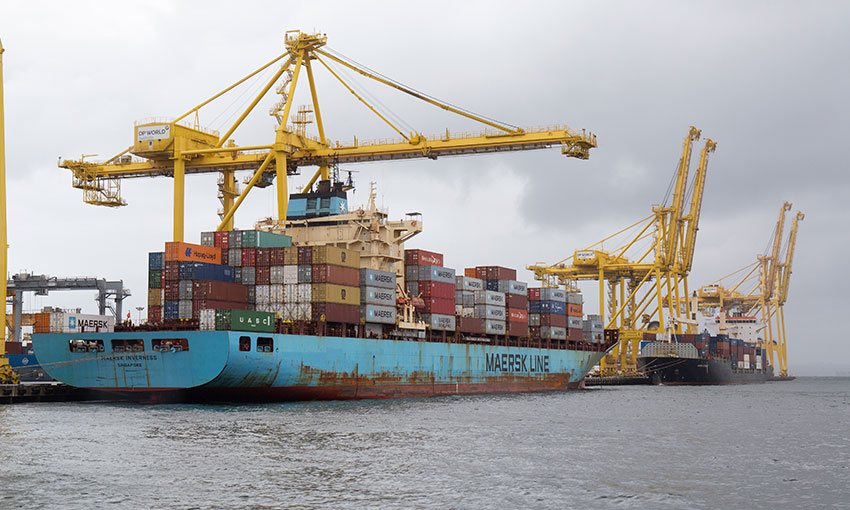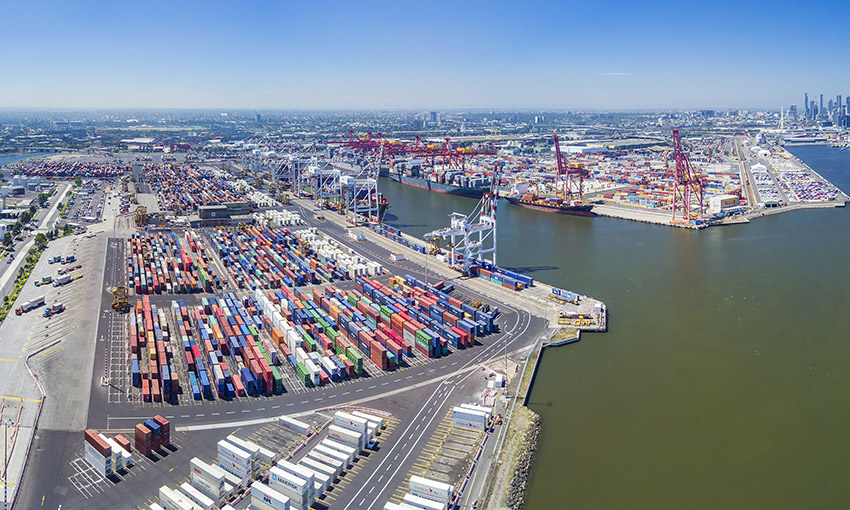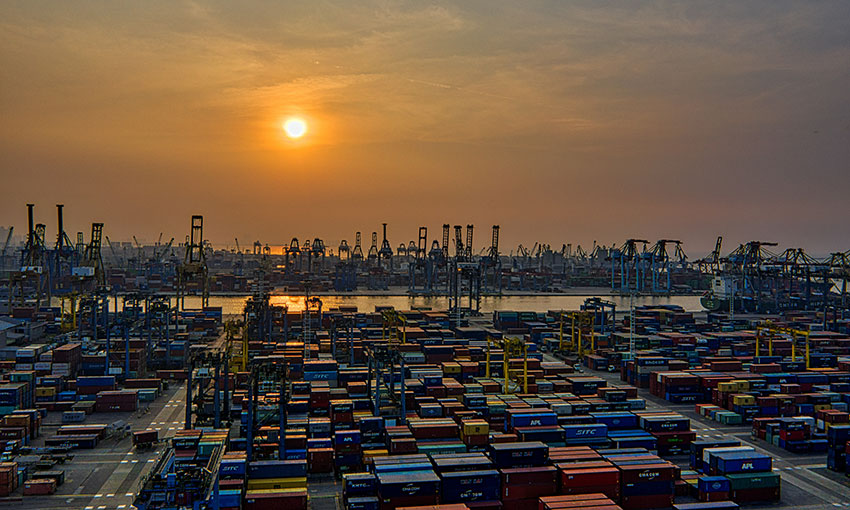OVER the past month, the Freightos Baltic Global Index fell 14% month over month to US$9364/FEU, though still 284% higher than a year ago and more than six times the pre-pandemic norm.
This month-over-month fall was largely driven by easing prices on the trans-Pacific, according to Freightos research lead Judah Levine.
Mr Levine said the decrease marks the end of peak season on Asia-North America lanes.
“The start of peak season this summer drove a 70% price spike in already elevated Asia-North America West Coast rates over the last two weeks in July – the sharpest climb of the past 18 months. The easing of that additional demand this month led to the largest price drops of the past two years – 25% to the West Coast, and 21% to the East Coast,” he said.
“But pandemic-driven demand for goods and still-depleted inventories continue to keep volumes elevated and cause record congestion at LA/Long Beach. The shortage of yard space is slowing operations and pushed the number of waiting ships past 80 this month. Though the ports are taking steps to expedite the removal of long dwelling containers – which in turn will hopefully improve chassis availability – demand and congestion were enough to keep prices extremely elevated despite this month’s decline. Asia-North America West Coast rates closed the month at US$14,677/FEU, 279% higher than last November and nearly 10 times the pre-pandemic norm, while East Coast prices ended at US$16,633/FEU, 239% higher than last year and 6X more typical levels.”
Mr Levine said the rise and fall of prices around peak season for Asia-US lanes suggest that normal – though outsized – seasonal trends will take place this year, meaning that the recent lull will likely end as we approach Lunar New Year at the start of February.
“Schedule disruptions continue to plague major European ports with congestion and delays made worse by a shortage of trucking capacity that is causing containers to pile up in yards among other problems. In turn, carriers are skipping select port calls leading to additional challenges for importers to get their containers to their final destinations. As such, Asia-North Europe rates stayed elevated at US$14,381/FEU, a 1% increase since last month and 419% higher than last year. Asia-Mediterranean prices fell 1% to US$13,179/FEU, 321% higher than last November and nearly seven times more typical levels,” he said.
“Throughout the past 18 months, conventional wisdom has tied the eventual reduction of ocean rates to a shift in some consumer spending away from goods and back towards services. This change is dependent on the degree to which economies open up which in turn depends on the pandemic itself. New variants that challenge recovery could continue to push the sustained decrease in ocean volumes and rates further away.”





